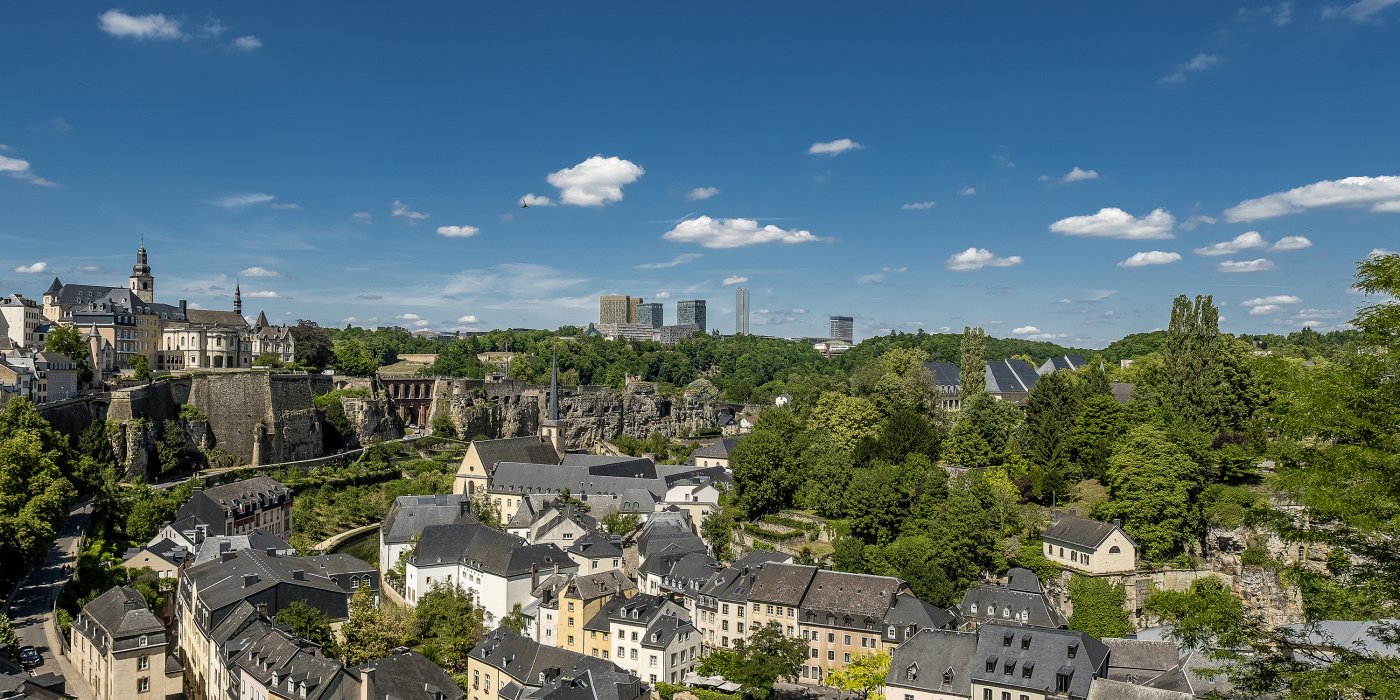INTRODUCTION
Throughout the history of cinema, gardens, parks, courtyards, and other green spaces have been far more than mere backdrops or filming locations. They have served as places where desires, anxieties, and fantasies are expressed, and where meaning is sought—whether in tranquil sanctuaries or in labyrinths filled with mystery. At the same time, these spaces depict nature shaped and maintained by human intervention, alongside areas left wild and untamed, thus highlighting the tension between order and chaos.
Whether it’s the enclosed garden in The Secret Garden (1993), reflecting grief and self-discovery, the suburban lawns in Broken Flowers (2005) signalling social status, the ornate château grounds in Last Year at Marienbad (1961) distorting time and memory, the colonial plots in The New World (2005) revealing power dynamics between settlers and Indigenous peoples, or the Japanese garden in Kill Bill (2003), transformed into a stylised battleground—gardens in cinema have always mirrored deeper social realities or emotional states, serving as windows into the subconscious.
Aimed at both film enthusiasts and garden lovers, this lecture series explores the role and symbolism of cinematic gardens in four sessions: Gardens & Power, Gardens & Love, Gardens & Crime, and Gardens & The Gothic.
GARDENS & POWER
Gardens in cinema often reflect political and social hierarchies—especially in historical costume dramas, where baroque landscapes become expressions of royal splendour and authority.
In Barry Lyndon. (1975), the aristocratic gardens accentuate class divisions, functioning both as symbols of status and demonstrations of power. The Draughtsman’s Contract. (1982) places its meticulously designed gardens at the heart of negotiations and sexual intrigues, emphasizing how ordered outdoor spaces can reflect manipulative alliances. Marie Antoinette (2006) uses the lavish gardens of Versailles to highlight extravagance and foreshadow the fall of the monarchy. In The New World (2005), the cultivated plots of the Jamestown colony illustrate the formation of power structures as settlers subjugate and domesticate the land—thus revealing the tension between them and the Indigenous peoples.
Far from being sanctuaries, these landscaped spaces become dynamic theaters of shifting alliances, hidden agendas, intrigue, and influence—metaphors of manipulation and the pursuit of power.


